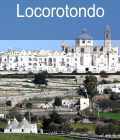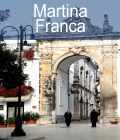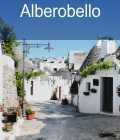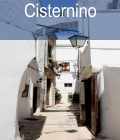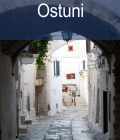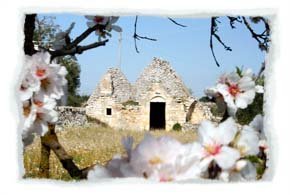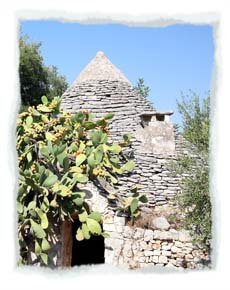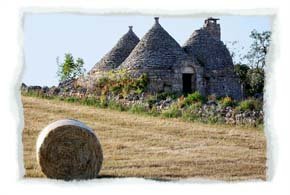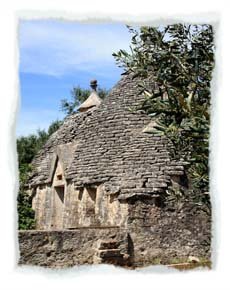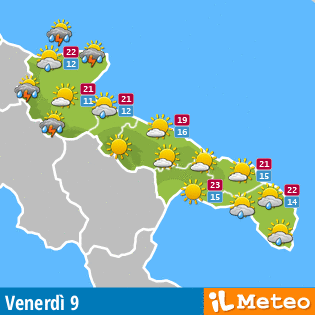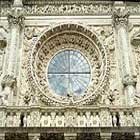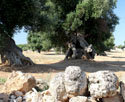Valle D'Itria
Trulli and dry walls among vineyards, olive trees and groves
The karstic Valle d’Itria expands between the provinces of Bari, Taranto and Brindisi: it is a sweet countryside characterized by dry walls, where olive trees and vineyards alternate with oak tree groves, and by the typical trulli, scattered here and there. This natural masterpiece includes some of the most beautiful and characteristic towns of Apulia, such as Martina Franca, Alberobello, Locorotondo and Cisternino, very interesting destinations.
Neighbouring towns
Valle D'Itria, great artistic and naturalistic treasure of the territory
Some scholars think that the name Itria comes from the Byzantine East, reminding of the icons representing the Madonna Odegitria, who indicates the way and is worshipped in our churches. Some others, on the contrary, associate the name with an ancient vase, called idria, once used to gather abundant waters.
Thanks to its artistic and naturalistic treasures, it is become one of the most popular tourist destinations. It is characterized by the presence of the Trullo: it is a typical rural house with an unusual thòlos roof which made the city of Alberobello famous all over the world as UNESCO World Heritage Site. It is divided into two quarters, Aia Piccola and Monti, where it is possible to admire these typical buildings.
In the Valle we find also Cisternino and Locorotondo, very interesting cities, which are included in the list of the most beautiful places in Italy. It is worth visiting also the elegant Martina Franca characterized by a beautiful Baroque.

 Home PUGLIA
Home PUGLIA Places to visit
Places to visit Sea places
Sea places Ancient villages
Ancient villages Salento
Salento Gargano
Gargano Tremiti Islands
Tremiti Islands Valle D'Itria
Valle D'Itria Lecce Baroque
Lecce Baroque Holy sites
Holy sites Olive groves
Olive groves Sitemap
Sitemap